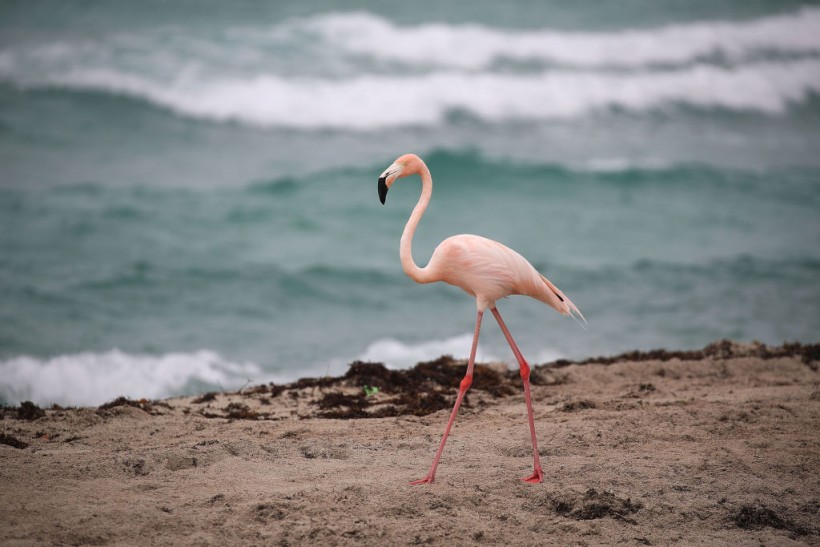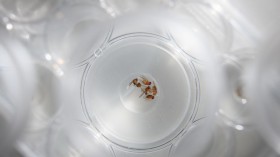(Photo : Photo by Joe Raedle/Getty Images)
American Flamingos, once native to Florida, were sighted again in the state's tropical wetlands after becoming "rare migrants" for 100 years. Scientists say that the "tall pink waders" are making their homes once again in places like the Everglades.
Conservationists are inspired to uplift this "rebirth" and make the rose-colored birds again. Along with scientists, they are currently working to build a database of the behavior, habitat, and migration patterns so if their numbers do grow large, there's already information for officials to access to designate the state-threatened species.
As per GoodNews Network, the iconic pink flamingos are coming back and standing tall in Florida, and could even stay year-round.
Return of the iconic species
A 2021 biological assessment released by the Florida Fish and Wildlife Commission stated that there were somewhere between 0 and 1,000 pink flamingos in Florida. "Florida's small population occurs on public conservation lands and exhibits a stable or increasing population trend in recent years," the Commission report states.
"The return of this iconic species to the Everglades, Biscayne Bay, and the Florida Keys certainly is worthy of celebration and encouragement."
The biological report tries to track the genetic origin of the current population, which is currently a mystery. The Flamingo Working Group (FWG) is trying to ascertain their lineage through testing, to know whether they came from the Caribbean or Yucatan, or perhaps even farther south.
The FWG team regularly posts "Flamingo Alerts" on their Facebook page in case the local birds are sighted, and raise awareness for the bird's return. The team, who works with the University of Central Florida to conduct genetic research, aims to promote conservation and awareness of American Flamingos in Florida and throughout their range.
Also read: New York Zoo's Male Penguin Pair Becomes Foster Parents to Humboldt Penguin Chick
Improved habitat helps with the bird's return
Having disappeared decades ago, the American flamingos have been returning in the Everglades. More than $2 billion had been granted by the state to the wetland's maintenance and restoration projects to improve its conditions. The state even prohibited farms from creating agricultural runoff and finally saw improvement in the habitat's water quality.
Flamingos have been considered only temporary residents in Florida for the past hundred years. The birds' staying is a good sign that there's food out there.
Flamingos eat tiny crustaceans that are often found in polluted wetlands. Agricultural runoff dumps also cause blooms of algae, deoxygenating the water and killing most of the flamingo's prey. With conditions improving, Florida had seen a stable increase in flamingo sightings over the past decades.
In 2018, Florida updated the flamingo's status to native. In the southern Everglades, 2021 became one of the most successful nesting years for all native and migratory bird species since before the Second World War, according to the GoodNews.
The species of flamingo worldwide are actually not in danger of extinction, with an increasing population of 200,000 throughout the Caribbean, South America, and Mexico, according to the International Union for Conservation of Nature.
In North America, it's a matter of time before the pink bird returns, scientists hope.
Also read: Experts Discover "Alien" Species of Predatory Hammerhead Worms In Africa and Europe
© 2024 NatureWorldNews.com All rights reserved. Do not reproduce without permission.






